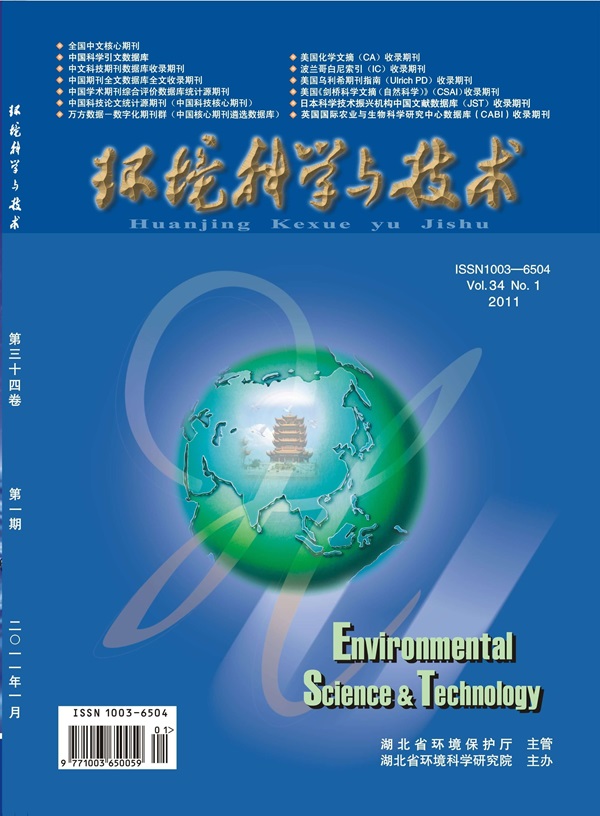等离子体产生的自由电子诱导全氟辛酸在气液界面的有效降解
IF 10.8
1区 环境科学与生态学
Q1 ENGINEERING, ENVIRONMENTAL
引用次数: 0
摘要
低温等离子体可产生还原性电子和多种氧化物质,已显示出降解全氟辛酸(PFOA)的巨大潜力。然而,由于对放电过程中电子传播机制的了解有限,导致以往的研究主要集中在水合电子(eaq -)上,而忽略了自由电子(e -)。在本研究中,采用一致且模拟的介质阻挡放电(DBD)等离子体降解PFOA。贡献分析表明,e -驱动的反应占主导地位,羟基自由基(•OH)介导的氧化也有很大贡献。将动力学模型与拖缆求解器相结合,建立了基本的放电单元模型。电子流传播仿真结果表明,电子记忆效应形成了一个高强度的响应电场,峰值强度为1.816 × 106 V/m。该电场促进了e -的二次加速,使e -能够穿透表层水层,并通过链缩短机制直接攻击PFOA。e -限制降解的非局部状态主要是气液界面,最大限度地减少了来自周围介质的干扰。这项研究强调了以前被忽视的e -的作用,并为等离子体处理pfoa污染的水提供了重要的理论见解。本文章由计算机程序翻译,如有差异,请以英文原文为准。

Plasma-Generated Free Electrons Induced Perfluorooctanoic Acid Efficient Degradation at the Gas–Liquid Interface
Low-temperature plasma, generating both reductive electrons and diverse oxidative species, has demonstrated considerable potential for the degradation of perfluorooctanoic acid (PFOA). However, limited understanding of electron propagation mechanisms during discharge has led previous research to focus on hydrated electrons (eaq–) while neglecting free electrons (e–). In this study, a consistent and modeled dielectric barrier discharge (DBD) plasma was employed to degrade PFOA. Contribution analysis indicated that reactions driven by e– were dominant, with substantial contributions from hydroxyl radical (•OH)-mediated oxidation. By integrating a kinetic model with a streamer solver, a basic discharge unit model was developed. Simulation of e– streamer propagation identified a high-intensity response electric field formed by the e– memory effect, with a peak strength of 1.816 × 106 V/m. This electric field facilitated a secondary acceleration of e–, allowing e– to penetrate the surface water layer and directly attack PFOA via chain-shortening mechanisms. The delocalized state of e– restricted degradation primarily to the gas–liquid interface, minimizing interference from the surrounding medium. This study highlights the previously overlooked role of e– and provides essential theoretical insights for the plasma-based treatment of PFOA-contaminated water.
求助全文
通过发布文献求助,成功后即可免费获取论文全文。
去求助
来源期刊

环境科学与技术
环境科学-工程:环境
CiteScore
17.50
自引率
9.60%
发文量
12359
审稿时长
2.8 months
期刊介绍:
Environmental Science & Technology (ES&T) is a co-sponsored academic and technical magazine by the Hubei Provincial Environmental Protection Bureau and the Hubei Provincial Academy of Environmental Sciences.
Environmental Science & Technology (ES&T) holds the status of Chinese core journals, scientific papers source journals of China, Chinese Science Citation Database source journals, and Chinese Academic Journal Comprehensive Evaluation Database source journals. This publication focuses on the academic field of environmental protection, featuring articles related to environmental protection and technical advancements.
 求助内容:
求助内容: 应助结果提醒方式:
应助结果提醒方式:


